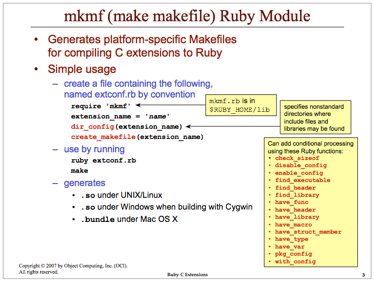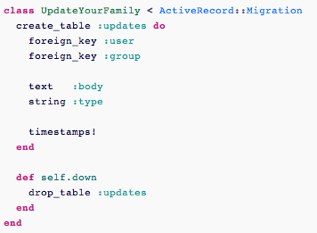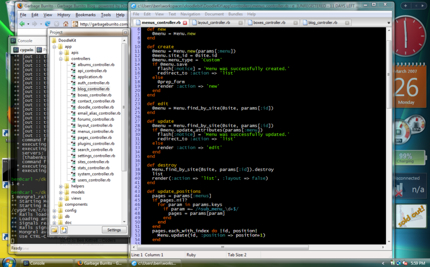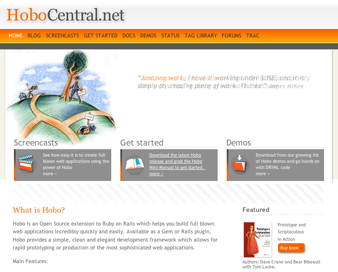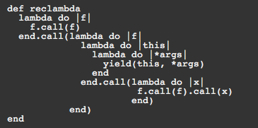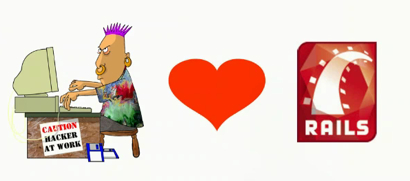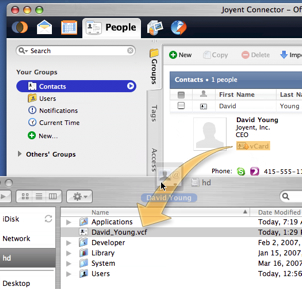
pantherFotos is a hosting service aimed at amateur and professional photographers, in a similar vein to many of the other photo sites out there. What makes it different, however, is that it was built by Nazar Aziz, a developer who only began to use Rails two months ago, during his daily train commute. The site provides a service where members can upload large and high resolution images which are resized, watermarked and catalogued. Members can then sell their pictures through the site for download by clients. Additional facilities including blogging, tagging, categorization, biography pages, contacts and so on are tools than can be used by photographers to engage with other visitors. Read More


